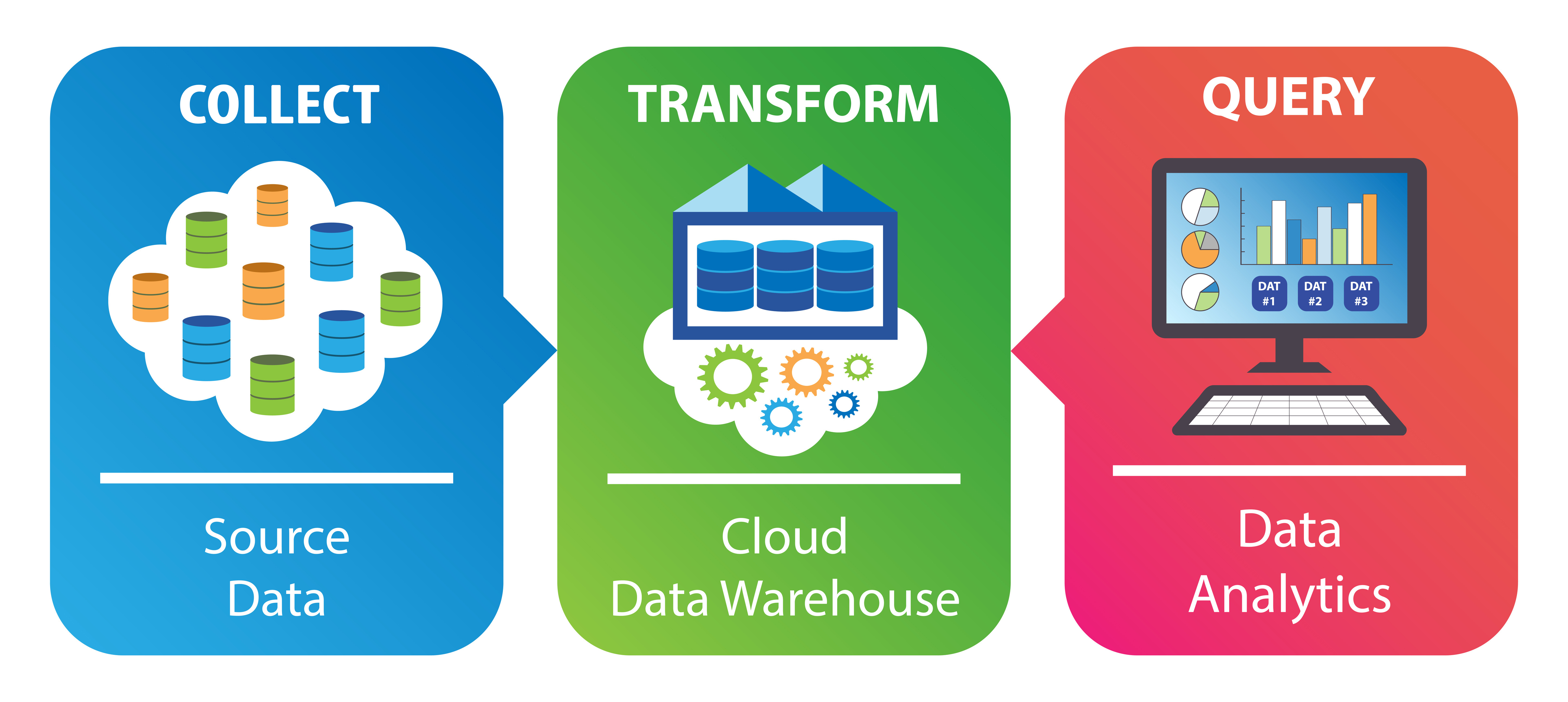
How WADEPS Works
Bringing the Data Together
Standardized and centralized data collection and visualization will provide the public, law enforcement, and policymakers with accessible, practical analytical tools to identify trends, assess the effectiveness of police practices, determine whether training is effective, and encourage civic participation and dialog.
Determining Rates of Force
Understanding the frequency and nature of incidents resulting in a use of force versus incidents and calls for service that did not result in a use of force will provide useful, actionable data.
Count
A simple tally of uses of force in a given period of time.
Example: How many times was force used in the month of July?
Example: How many times was force used in the month of July?
Rate
The count of use-of-force incidents divided by the total number of police interactions in given period of time. Stated as a percentage or a ratio.
Examples: How many of the total calls for service in July resulted in a reportable use of force? How many of the traffic stops in July resulted in a reportable use of force?
Examples: How many of the total calls for service in July resulted in a reportable use of force? How many of the traffic stops in July resulted in a reportable use of force?
Standardizing and Centralizing Information
Under the new law, when a reportable use of force occurs, officers and agencies are required to provide standardized, incident-specific data to WADEPS. Data from all agencies will be securely stored in a central database which will feed the WADEPS data dashboard.

Agency Participation
Metrics on agency participation and compliance will also be available in the WADEPS dashboard. There are a number of onboarding steps agencies must take prior to submitting data, such as providing a primary point of contact, training officers, and returning the general data use agreement. Contextual data on agency size, use-of-force policy availability and other aspects of complying with the law will also be available.
Use-of-Force Incident Reporting Timeline
For each reportable use-of-force incident, law enforcement agencies will be required to provide specific incident data in a timely manner.
Within
24 hours
Officers report the use-of-force incident per their internal agency protocol.
Within
30 days
Agency submits Sections 1–4 and 6 to WADEPS.
Within
30 days
after the administrative review is completed, Section 5 is due to WADEPS.
Data-driven decisions and evidence-based policing benefit all of Washington and its communities. Integrating additional data elements such as population, demographics, policy assessment, and training practices enables agencies and their constituents to better understand the context of the use-of-force data as it pertains to their particular communities.
A unique feature of WADEPS will be the integration of additional data sources about community characteristics, agency resources, and policing interactions which do not result in a reportable use of force.
The WADEPS dashboard will bring together data that will help community members and agency leaders alike better understand overall operations and provide an “apples to apples” comparison of agencies throughout the state.
The WADEPS data set will include:
A unique feature of WADEPS will be the integration of additional data sources about community characteristics, agency resources, and policing interactions which do not result in a reportable use of force.
The WADEPS dashboard will bring together data that will help community members and agency leaders alike better understand overall operations and provide an “apples to apples” comparison of agencies throughout the state.
The WADEPS data set will include:
Community and economic Information from the 2020 U.S. Census
A Washington-specific version of the federal Law Enforcement Management and Administrative Statistics survey data on agency expenditures, job functions, weapons and armor policies, education and training requirements, and more.
Information from the FBI’s National Incident-Based Reporting System, the national standard for law enforcement crime data reporting.
Limited, incident-based computer-aided dispatch (CAD) data for all calls for service.
WADEPS agency compliance and visibility metrics.
Statistics 101
Through our partnership with the WSU Center for Interdisciplinary Statistical Education and Research, WADEPS will offer foundational educational resources and actionable tools to help dashboard users understand the data, explore the filters available, and derive meaningful insights.
Organize and interpret big data
Assess agency performance
Discover trends and measure outcomes
Build public trust
Compare and contrast agencies
